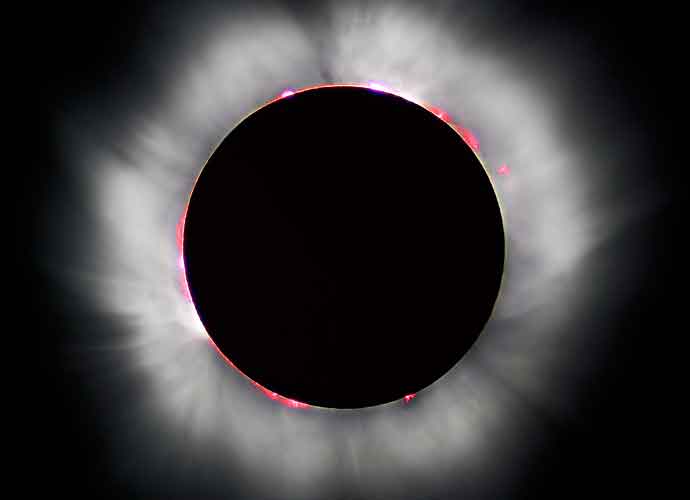Total Solar Eclipse To Stretch From Coast-To-Coast In U.S.
For the first time in almost exactly one hundred years, a total solar eclipse will be visible from both coasts of the contiguous United States.
The total solar eclipse, in which the moon passes between the sun and the Earth, will occur on August 21 and we be visible to people in Oregon on the west coast, all the way to South Carolina on the east. In total, 14 states will be treated to a little over two minutes of total darkness during the middle of the day.
Every state in the contiguous U.S. will experience the eclipse in some capacity, but only 14 will experience it as a total eclipse. Even as such, the total eclipse will only be visible in a 70 mile wide strip that goes across the country.
Almost 12 million Americans live within this 14-state stretch of the county, and many from other states, and potentially other countries, are expected to make the trip to witness the rare event. Around two-thirds of the U.S. population lives within driving distance of an area that will experience the total eclipse.
In preparation for the event, scientists from around the world are procuring equipment to observe and measure. NASA will broadcast a live stream of the event and many National Parks, particularly those that will experience total darkness, have set up viewing parties.
During the event, NASA will conduct 11 scientific studies. Six studies will focus on the sun, while the other five studies will be focused on the Earth.
The last time a total eclipse occurred in the U.S. and ran coast-to-coast was in 1918. The last time a solar eclipse covered any portion of the U.S. at all was in 1979.
While this event is one that can only be seen once every so often, NASA is warning people outside of the total eclipse zone not to look directly into the partial eclipse. Parts of the sun will still be visible to these people and could cause eye damage if the proper precautions are not taken. Solar viewers or eclipse glasses are the only things that will keep viewers safe – regular sunglasses will not do the trick.
RELATED ARTICLES
Get the most-revealing celebrity conversations with the uInterview podcast!









Leave a comment